Dr Melinda Waterman
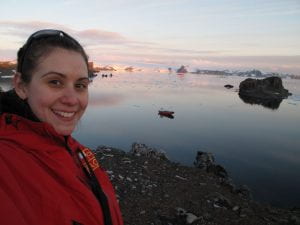
I am a postdoctoral research fellow at the University of Wollongong, Australia. As an early career biotechnologist, I examine the protective mechanisms and chemical signatures of moss species that live in temperate and Antarctic regions. In particular, my interests include moss physiology, radiocarbon dating and what moss stable isotopes can tell us about their climate. My current project uses mosses as biological indicators for environmental change which is especially valuable in remote locations such as Antarctica.
Georgia Watson
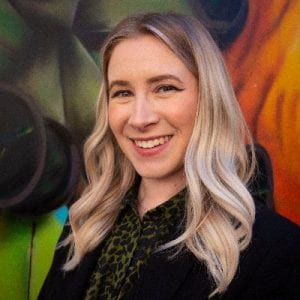
I am a research officer in the Science node of the ARC funded Securing Antarctica’s Environmental Future. As part of this role, I got to visit Casey Station, East Antarctica, to collect moss samples as part of a long term monitoring project which tells us how the moss health is responding to changing environmental pressures.
I have a Bachelor of Science (Biology, Hons I) and a range of skills and experience related to invasive species biology, native flora monitoring, pitfall and radio tracking of mammals and reptiles, forest ecology and remote field work.
Distinguished Professor Sharon Robinson

I am a Distinguished Professor and Dean of Researcher Development and Integrity at the University of Wollongong. Within the ARC funded program Securing Antarctica’s Environmental Future, I am the Deputy Director in charge of science implementation. I’ve visited Antarctica 14 times since 1996 when I began my research into Antarctica moss.
I research how Antarctic plants respond to climate change. Using radiocarbon signatures, left behind in the atmosphere by nuclear testing, we are able to date mosses and track environmental change around the coast of Antarctica. I’m also interested in applying new technologies, including the use of drones, to monitor plant health and productivity, and developing novel sensors that will improve our understanding of how the environment is changing year-round in Antarctica.
Alison Haynes
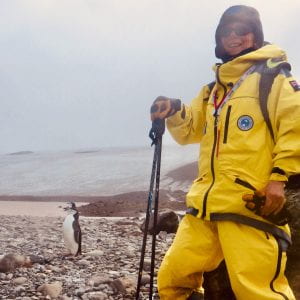 I am a scientist (a biologist) and writer. I’m also interested in art. I have an intermittent drawing practice but currently photography is probably my most consistent means of artistic expression. I worked as a journalist and editor/writer before turning to science, and now enjoy a writing practice as part of my wellbeing routine, as well as working on science communication pieces, and a book centred on my Antarctic experience.
I am a scientist (a biologist) and writer. I’m also interested in art. I have an intermittent drawing practice but currently photography is probably my most consistent means of artistic expression. I worked as a journalist and editor/writer before turning to science, and now enjoy a writing practice as part of my wellbeing routine, as well as working on science communication pieces, and a book centred on my Antarctic experience.
My work as a scientist involves moss, which is one of the few plants that survive in Antarctica. I study urban moss, which is a pioneer in our towns and cities, able to exploit niches like pavement cracks and dimples in the edges of car parks, where other plants cannot survive. I went to Antarctica to investigate how moss colonises bare land when glaciers retreat, not so dissimilar to the urban environment in some ways, where new substrates replace native vegetation.
Professor Barbara Bollard
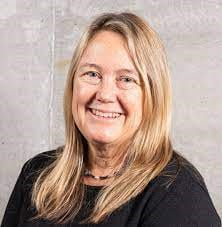
Barbara is a Professor in Conservation Ecology and Remote Sensing at the Auckland University of Technology, New Zealand. She has an outstanding record of research success spanning geospatial science, remote sensing, ecosystem management and spatial ecology.
Krystal Randall
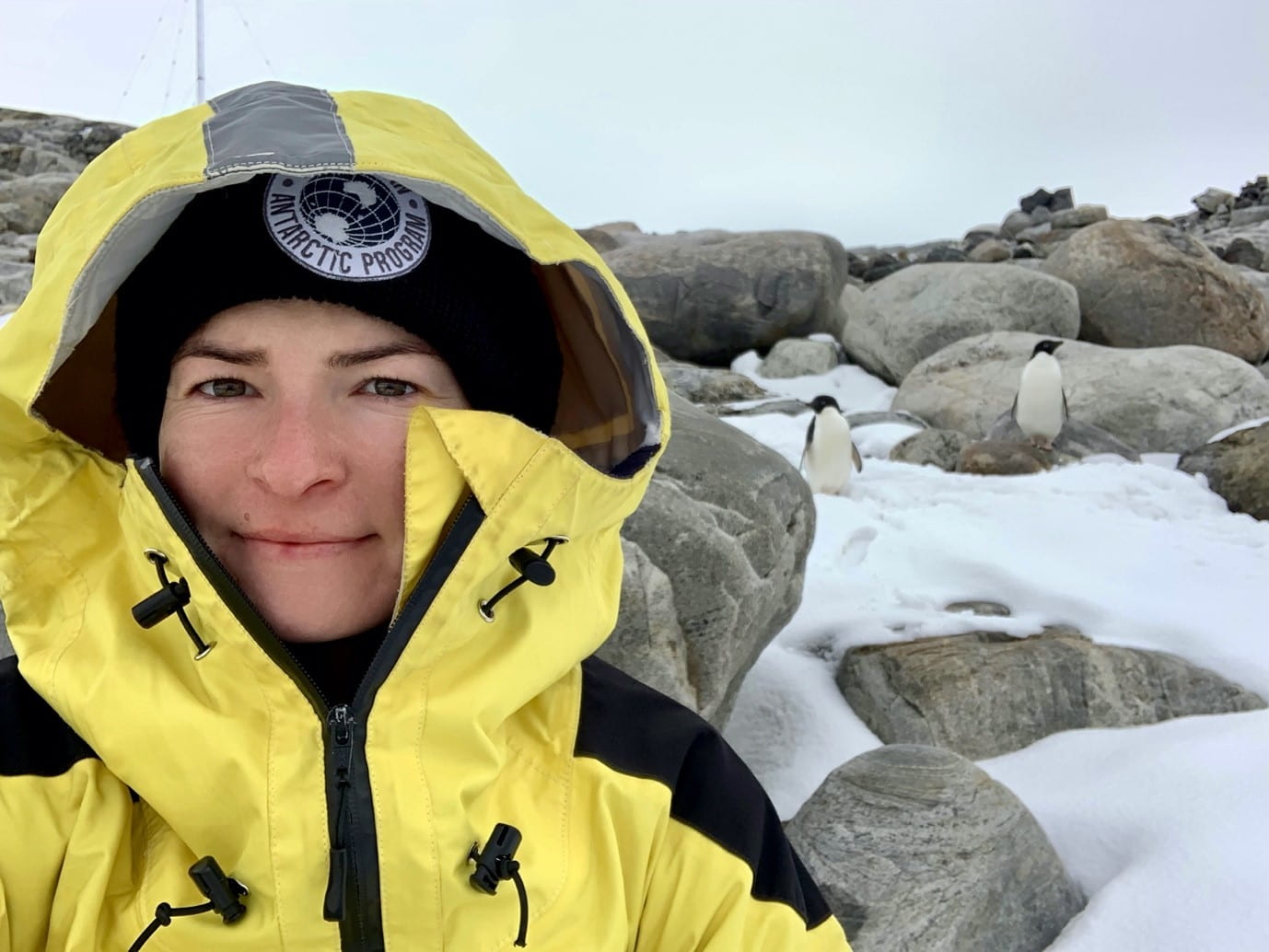 Krystal is a spatial biologist transitioning from her PhD into a post-doctoral researcher position with the ARC funded Securing Antarctica’s Environmental Future (SAEF) research initiative. She uses a multidisciplinary approach to examine the microclimate conditions that Antarctic mosses experience and the importance of different microclimates for either protecting the mosses from the extreme Antarctic climate, or exposing them to the worst of it. To do this she combines Read more…
Krystal is a spatial biologist transitioning from her PhD into a post-doctoral researcher position with the ARC funded Securing Antarctica’s Environmental Future (SAEF) research initiative. She uses a multidisciplinary approach to examine the microclimate conditions that Antarctic mosses experience and the importance of different microclimates for either protecting the mosses from the extreme Antarctic climate, or exposing them to the worst of it. To do this she combines Read more…
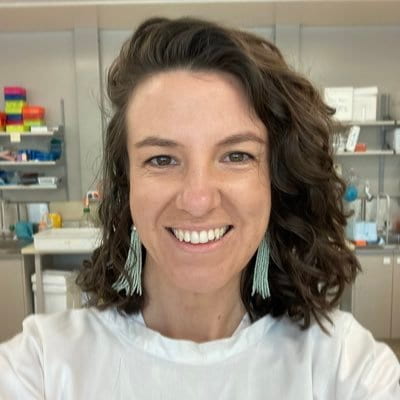 Rachelle Balez
Rachelle Balez
Rachelle Balez believes science and art are two sides of the same coin, as they both use curiosity and creativity to understand the world. After obtaining a Bachelor of Science (Hons I) and Bachelor of Creative Arts at the University of Wollongong, Rachelle is currently completing her PhD at the Illawarra Health and Medical Research Institute. Her research is focused on understanding the molecular mechanisms driving Alzheimer’s disease by transforming patient skin cells into brain cells to model the disease in a dish. Beyond research, Rachelle is always finding ways to communicate the beauty of science through art and has exhibited in the CoLABs Sci-Art Festival (2017) and co-founded Magnified (2018), a science-art exhibition. Rachelle is driven to promote diversity and equality in STEMM and has held the role of student representative on the national council for the Australasian Neuroscience Society and is an alumna of Homeward Bound, a global women in science leadership initiative. Read more here: https://www.uow.edu.au/the-stand/2017/born-from-the-ocean-bound-for-antarctica.php